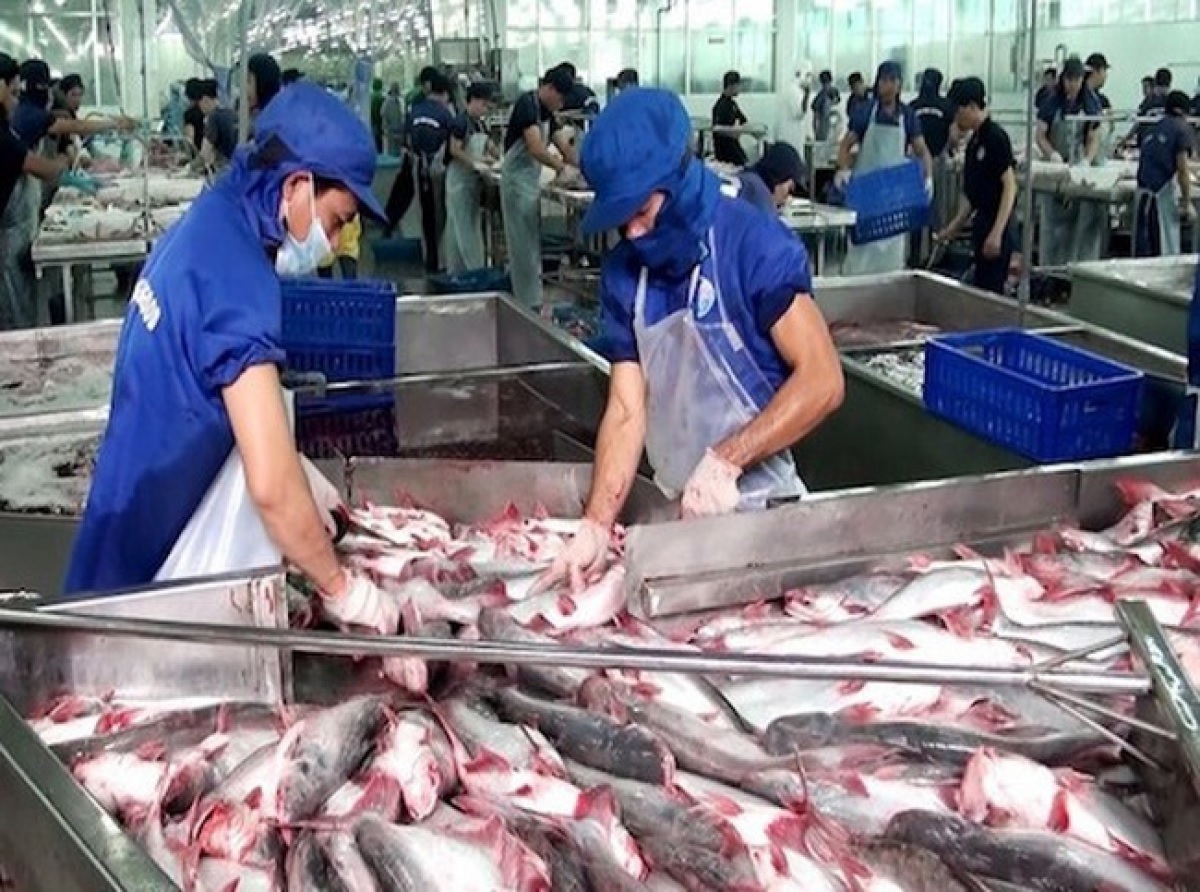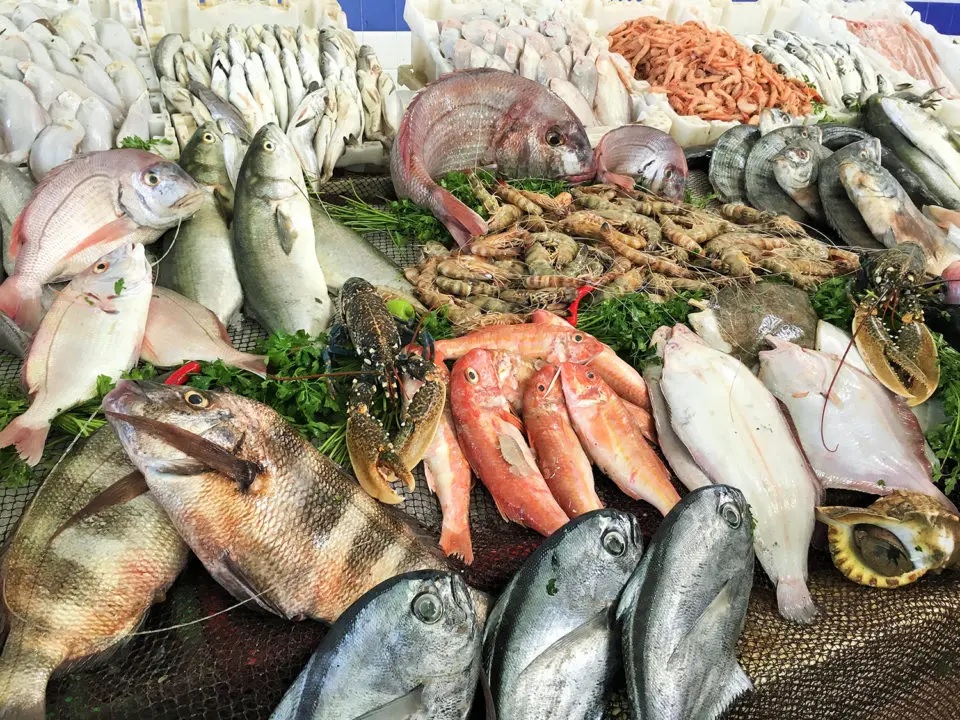Plenty of room for Vietnam's seafood exports to the UAE
Saturday, August 5,2023
AsemconnectVietnam - The UAE imports around 250,000 tons of seafood/year, worth 750-800 million USD. The top 4 suppliers are India, Thailand, Norway, and Vietnam, with India holding a dominant market share of 20%-24%, primarily in frozen shrimp. Vietnam's share is 6%-9%, mainly in frozen pangasius fillets.
|
Top 10 Vietnam’s seafood products exported to UAE (USD)
|
||||
|
Product
|
H1/2022
|
H2/2023
|
Change(%)
|
Proportion (%)
|
|
35,332,031
|
17,503,111
|
-50.5
|
100.0
|
|
|
Pangasius
|
18,769,871
|
9,386,403
|
-50.0
|
53.6
|
|
Black tiger shrimp
|
4,452,072
|
2,059,686
|
-53.7
|
11.8
|
|
Tuna
|
1,896,059
|
2,049,510
|
8.1
|
11.7
|
|
Whiteleg shrimp
|
5,698,848
|
1,544,437
|
-72.9
|
8.8
|
|
Seabass
|
346,607
|
960,740
|
177.2
|
5.5
|
|
Anchovy
|
725,911
|
710,061
|
-2.2
|
4.1
|
|
Other shrimps
|
2,941,998
|
329,834
|
-88.8
|
1.9
|
|
Ornamental fish
|
88,308
|
128,941
|
46.0
|
0.7
|
|
Tilapia
|
6,225
|
66,494
|
968.2
|
0.4
|
|
Squid
|
68,246
|
60,706
|
-11.0
|
0.3
|
T.Huong
Source: Vasep
Visiting Minh Phu's super-intensive shrimp farm
Vietnamese gold demand shrinks in Q2
DAILY: Vietnamese pepper prices rose by 1000 VND on August 4
DAILY: Vietnamese coffee prices fell by 400 VND on August 4
Vietnam expects more positive economic recovery in H2
Reference exchange rate up 22 VND on August 4
Seafood exports may earn over 9 billion USD in 2023
Positive economic outlook predicted for Vietnam in H2
Stock market recovering fast, strongly
Vietnam 2023 rice export opportunity and forecast
DAILY: Vietnamese pepper prices rose by 1000 VND on August 3
Reference exchange rate up 30 VND on August 3
DAILY: Vietnamese coffee prices increased by 600 VND on August 3
Ample room remains for exports of wooden products and furniture

Plan on implementing national strategy on climate change ...
Actively and effectively adapting, reducing vulnerability, loss and damage due to climate change; reduce greenhouse gas emissions ...Scheme on attracting, restructuring and improving quality ...
Urban development plan of Binh Phuoc province in a period ...
Plan on implementing Decision No. 327/QD-TTG dated March ...

Hung Kings Temple Festival 2023 kicks off
The Hung Kings Temple Festival 2023 and the Culture and Tourism Week of Ancestral Land 2023 kicked off in the northern province of Phu Tho ...Vietnam trounce Palestine at AFC U-17 Women's Asian ...
Phu Tho: Festival honours UNESCO intangible cultural ...
Saigontourist Group Food and Culture Festival 2023 opens
Vietnam’s top swimmer Huy Hoang to hold Vietnamese flag at ...





